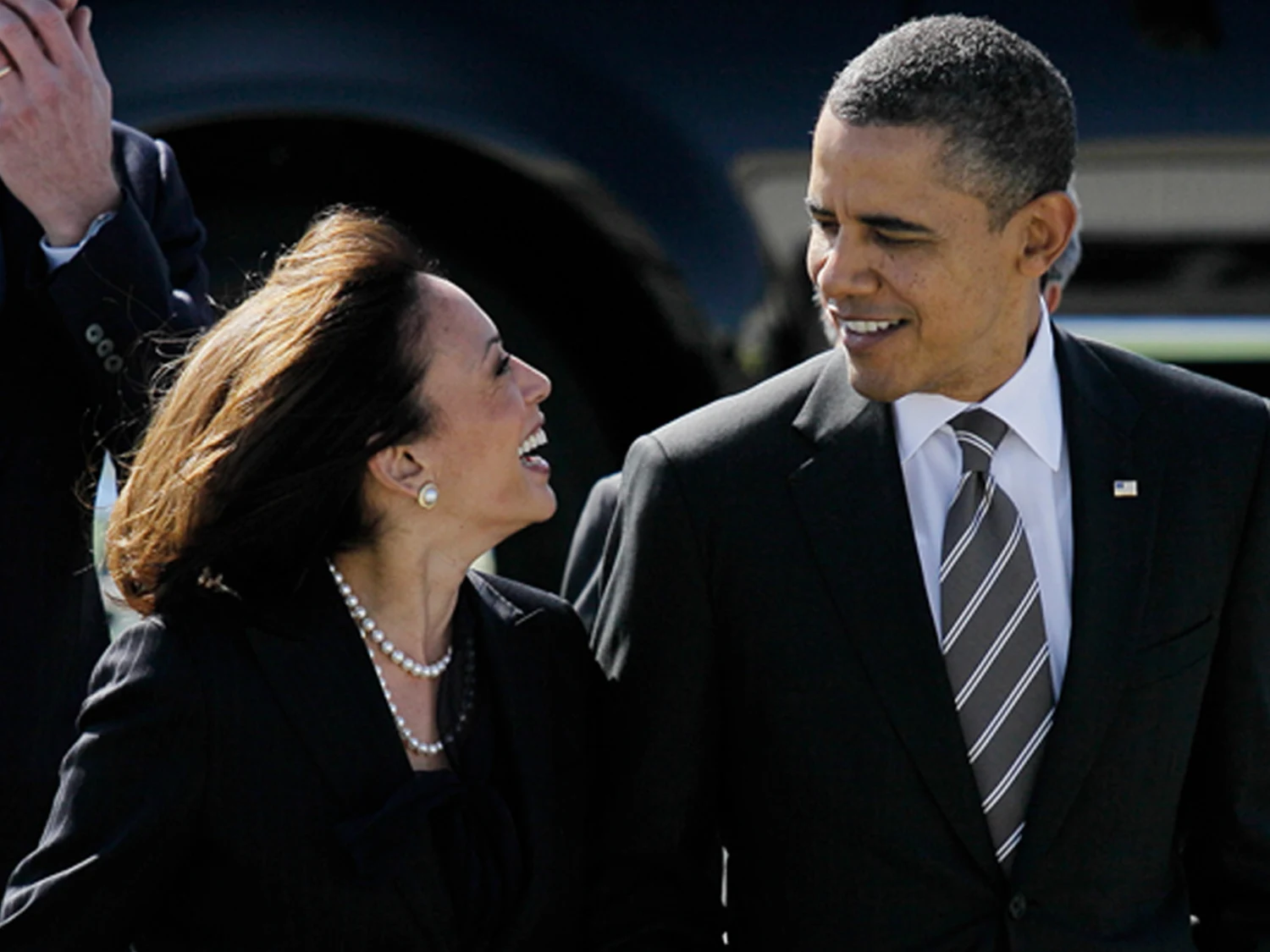The US labor market data due at the end of this week could set the stage for a renewed focus on the Federal Reserve’s interest rate decisions.
If the jobs report comes in softer than expected, it could reignite speculation around potential rate cuts from the Fed this year, fueling a further rally in the stock market. This follows the central bank’s decision last week to pause its monetary policy easing and adopt a “wait-and-see” stance.
The Federal Reserve opted to leave its key policy rate unchanged for the first time since the initial rate cut in September 2023, with the rate remaining in the 4.25% to 4.5% range. In his remarks, Fed Chairman Jerome Powell noted that the central bank is not in a rush to take action. However, he suggested that signs of a weakening job market or favorable inflation data could prompt the Fed to act sooner than anticipated.
As investors eagerly await the January jobs report, which will be released on Friday, expectations are for a modest increase in jobs, in part due to severe weather disruptions across the US Bill Adams, Chief Economist at Comerica Bank, projected a more subdued report, forecasting 175,000 new jobs, compared to 256,000 in December. Economists polled by the Wall Street Journal predict the unemployment rate will hold steady at 4.1%.
A disappointing report could revive market chatter about potential rate cuts, as futures markets continue to price in an 89% chance of at least one rate reduction in 2025. Analysts believe that continued expectations for rate cuts provide crucial support for the ongoing bull market.
Despite a somewhat downbeat week for stocks—driven in part by concerns surrounding Chinese AI startup DeepSeek and the imposition of new tariffs on Canada, Mexico, and China—the broader outlook remains cautiously optimistic. Thomas Hainlin, an investment strategist at US Bank, emphasized the potential for equity price growth amid relatively stable interest rates, even though volatility in the tech sector caused some turbulence.
In addition to the jobs data, investors will closely monitor wage growth, which plays a key role in shaping inflation expectations. A spike in wages could signal inflationary pressures and impact the Fed’s decision-making process. For any significant interest rate cuts, the Fed would need strong evidence that inflation is firmly trending downwards.
While uncertainties loom, some market experts are seeing signs of a more diversified rally, as money rotates out of big tech stocks into smaller-cap and value stocks. This shift could help sustain broader market gains.
Market Watch, Bloomberg, the Financial Times contributed to this report.








